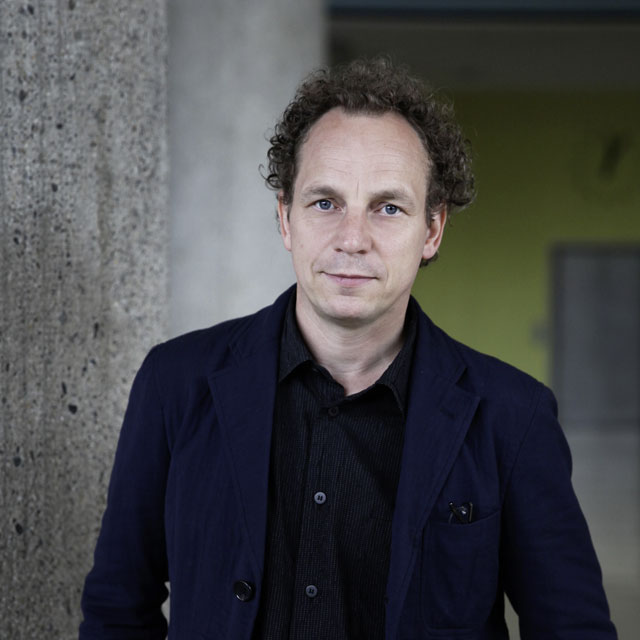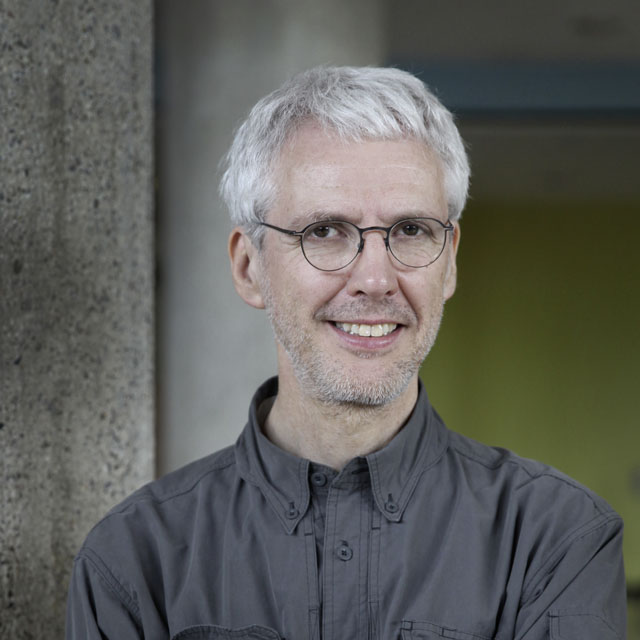Reinventing patterns and structures with patience and curiosity
Young architects, designers and urban planners travel around the world to see Jürgen’s astonishing buildings – be it the outstanding Metropol Parasol in Sevilla, the Belgian Hasselt Court of Justice, his famous border checkpoint in Sarpi, Georgia or the sublime private homes he designed, like the OLS House in Stuttgart, Germany. His work has been published and exhibited worldwide and is held by numerous collections, including MoMA New York and SF MoMA, as well as various private collections. Awards include the Mies van der Rohe Award Emerging Architect Special Mention 2003, the Holcim Award Bronze 2005 and the Audi Urban Future Award 2010.

Jürgen Mayer H. has taught at Princeton University, University of the Arts Berlin, Harvard University, Kunsthochschule Berlin, the Architectural Association School of Architecture in London,Columbia University New York and the University of Toronto, Canada.
In his projects, Jürgen Mayer H. explores the relationship between the human body, technology and nature, always with a profound sense for scientific precision and a unique open-mindedness and sensitivity. Reflecting and developing his projects in multidisciplinary groups, Jürgen Mayer H. challenges and leaves behind the aesthetic clichés that have become dominant in architecture over the last decades. His buildings may seem like shapeshifters, organically oscillating between concepts and structures that originate from science, communication, sculpture and architecture.
Jürgen Mayer H. about Forecast
Forecast is an exciting new format that explores curiosities about our future. In architecture, speculations on an increasing complexity of digital technologies and multidisciplinary collaborations that embrace the built and the virtual as one reality are becoming an urgent topic. And at this very moment we might ask: Will there be an architecture in relation to social media and post-internet culture?

The exchange benefits and productive interdependencies between social media and architecture might suggest a new production of space and our urban environment. How will the patterns shift that used to assign different identities of a single person, in a time when nearly every last detail of anybody’s life tends to be shared i.e. constructed to be shared? What generates a future manifestation of public and private space? How do we explore new boundaries between the discrete and the indiscrete, the hidden and the exposed, inside and outside, transparency and concealment?
However great the complexity and depth of these changes may be – they will surely influence the way we shape buildings, cities, spaces, landscapes. The next generations of architects and urban designers unquestionably will think differently about the transformation of these paradigms.
Read an interview with Jürgen Mayer H. at designboom.com
Visit the Website of the Studio jmayerh.de












